Effects Of Climate Change On The Arctic Peoples Of The World
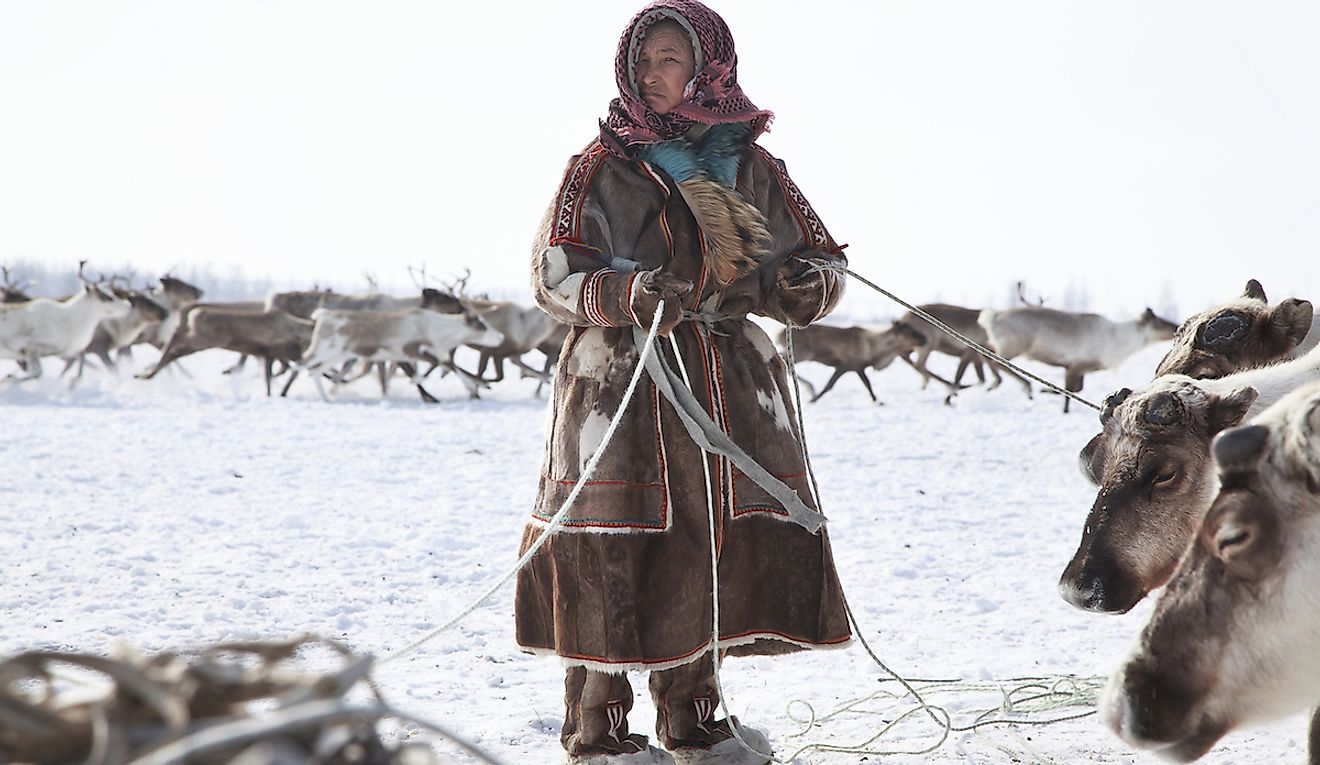
- Climate change is altering how people in the north can hunt, their access to clean food, and increasing their exposure to contaminant, among other things.
- Climate change is expected to bring more fish into northern waters, which could be a good thing for Arctic economies.
- As the permafrost melts, it puts stress on infrastructure such as roads and building foundations, which can be costly to fix.
Climate change is real. People living in extremely hot areas, as well as in places that can get very cold, know the dangers this can pose. Rising water levels, and an increase in dangerous and unpredictable weather patterns present a big challenge for some communities. The people living in the Arctic have faced challenges brought on by their natural environment for thousands of years. The warming of the planet is presenting new ones, however, that will need novel solutions to overcome. From difficulties predicting weather, to issues of food insecurity and a loss of cultural relics, here are ten ways that climate change is affecting people living in the arctic.
10. Reducing the Ability to Predict the Weather
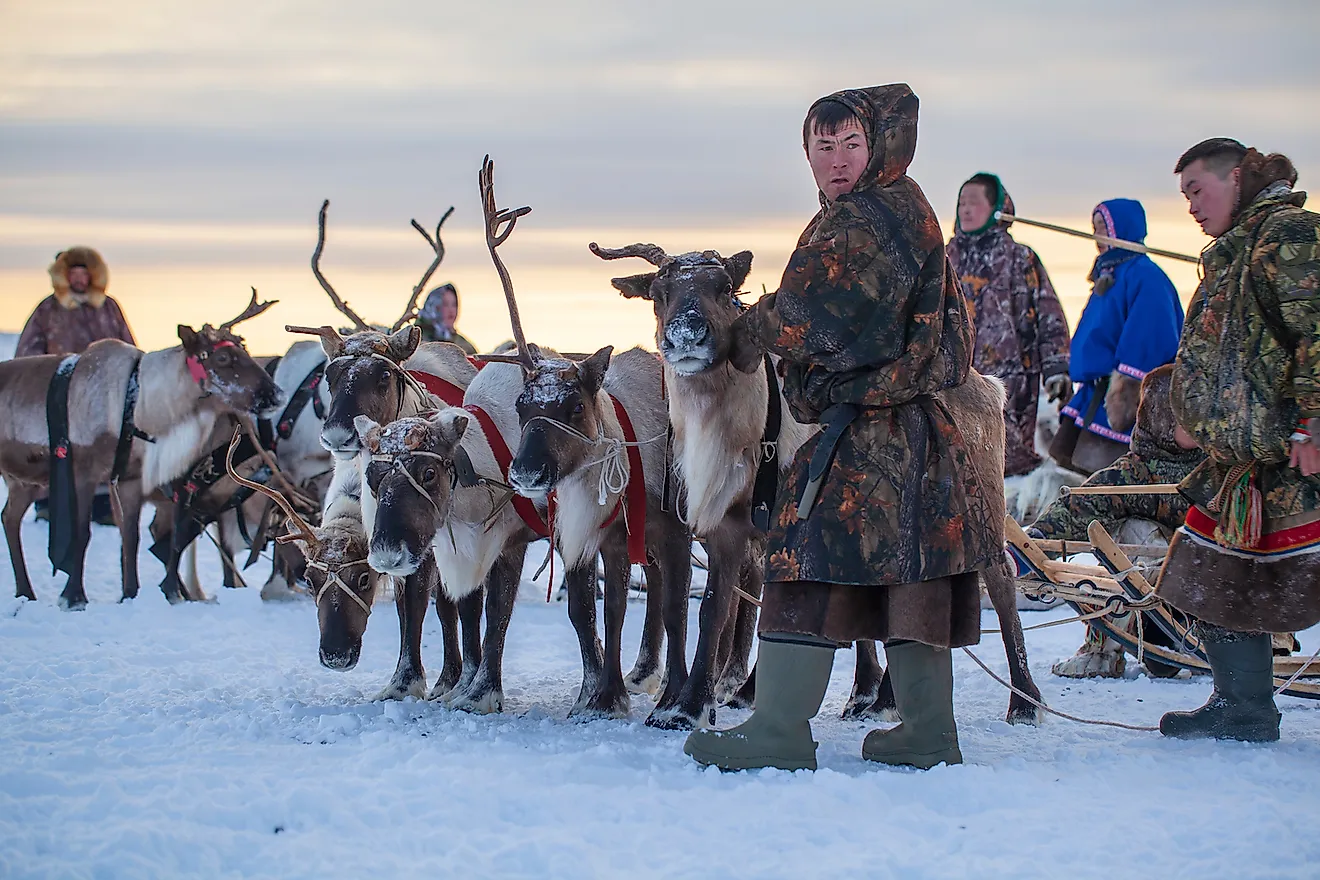
As the weather changes around the globe, the traditional ways used to predict what is coming are proving to be problematic. In Canada’s North, Inuit elders have used their knowledge of nature’s elements to predict incoming weather for generations, but now things have changed. Elders are saying the wind and cloud patterns are changing so much, they can no longer recognize them, and thus are becoming unable to pass down weather predictions skills to future generations. These skills can be essential when travelling on land on hunting expeditions that can last for days at a time. Not being able to predict the weather can make traditional hunting now more dangerous.
9. Increasing Food Insecurity
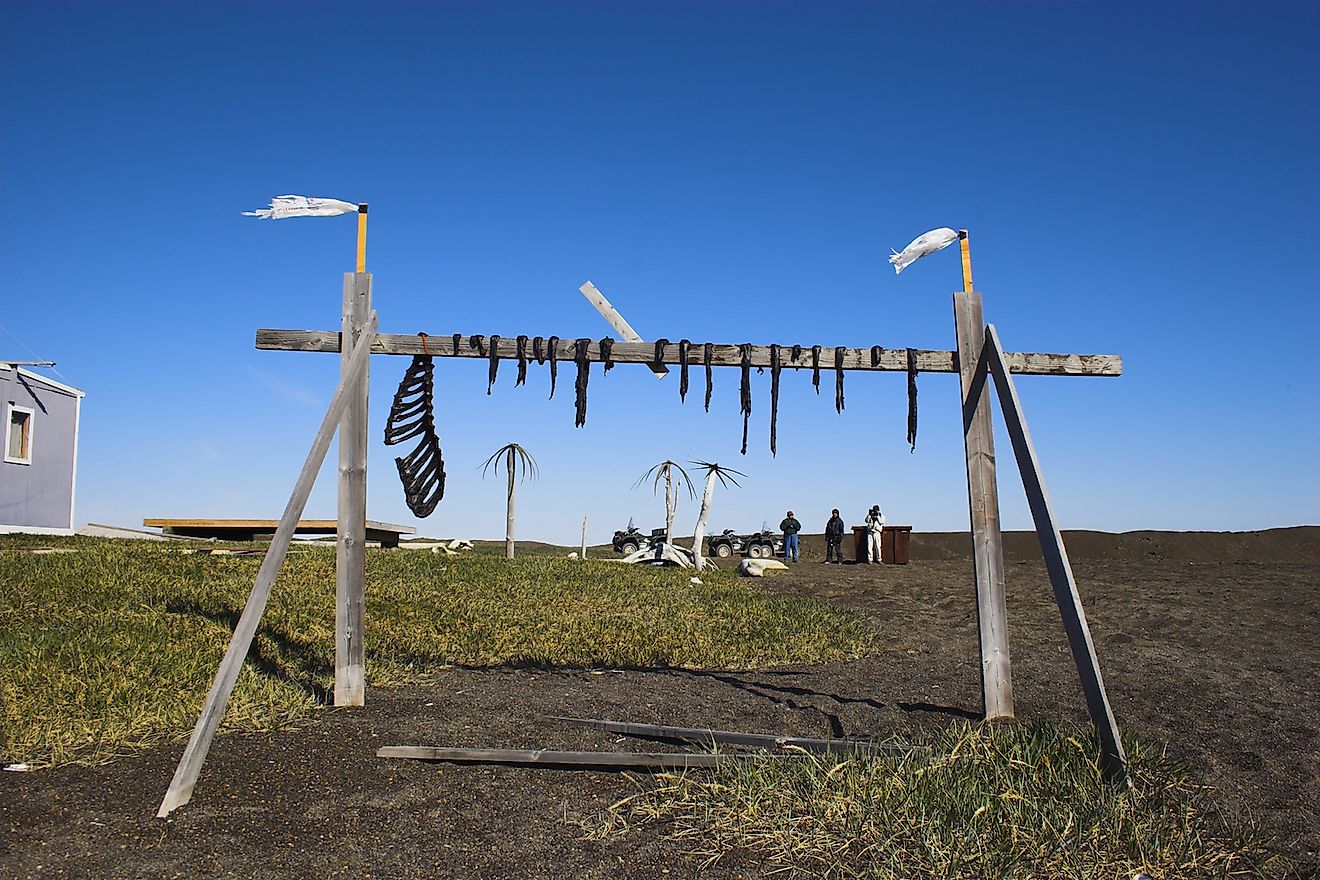
Native people in the North often rely on what is called “country food” to survive, along with store-bought food that is brought in from elsewhere. Country food is the healthiest diet for native peoples as the food sold in stores is often highly processed, and negatively impacts their health. Warming weather that is melting sea ice is creating more unsafe conditions for hunting, causing increased food insecurity. Elders have also remarked that meat stored outdoors in caches no longer keeps as it used to in the cold, but now spoils.
8. Increasing Shipping
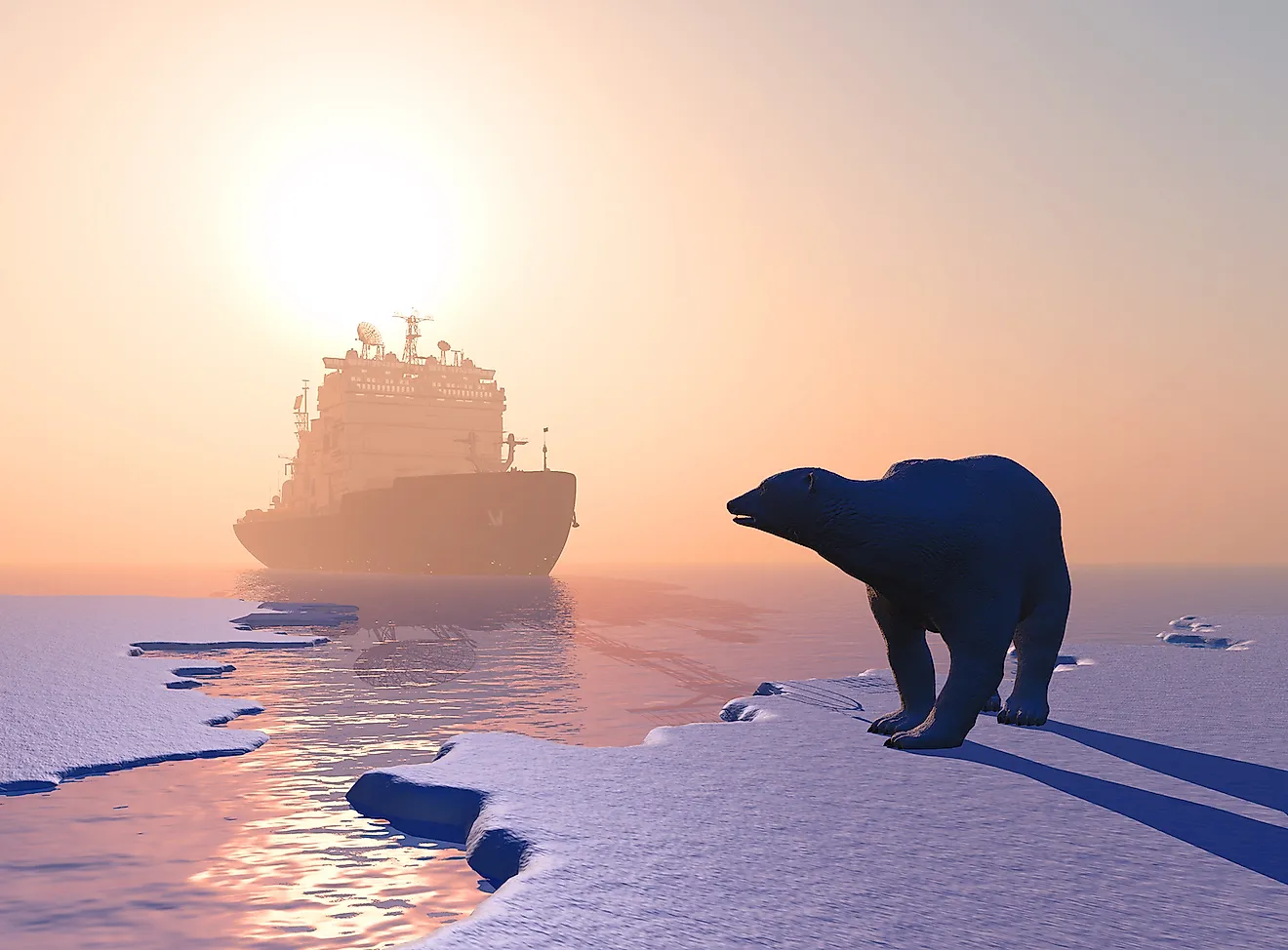
As warmer weather increases, so do the chances of bringing ships through the northwest passage. This can benefit the people in the arctic by bringing in more tourists, who may purchase more traditional arts and crafts, and pay to learn about traditional ways of life. Increased shipping may also bring with it an increased transportation of oil, which raises the risk of oil spills, however. This can prove to be a real threat to the local wildlife and traditional ways of life.
7. Making Traveling Traditional Routes Harder
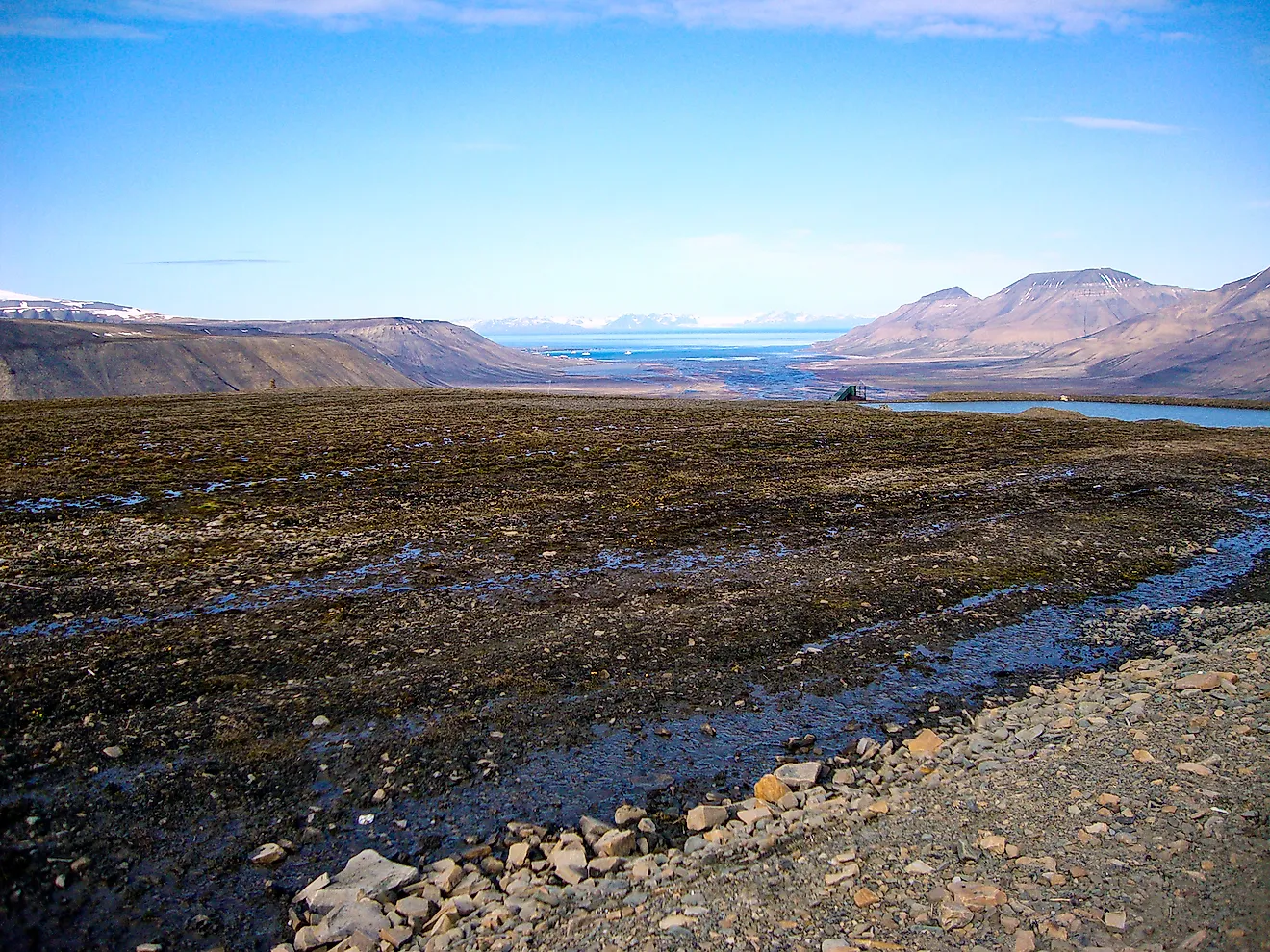
Climate change is raising water levels in some areas, and decreasing them in others. As rivers dry up, traveling to traditional campsites for hunting becomes impossible. When lakes melt earlier, spring hunting on the ice becomes dangerous, and thawing permafrost can make other routes too muddy to pass in summertime. In this way, hunting routes are affected year round by climate change.
6. People’s Exposure to Contaminants
As the water currents around the world change with warmer weather, this changes where contaminants flow, potentially bringing more to the arctic. Scientists have noted a change in the ice cover and permafrost as both melt, increasing the levels of mercury in northern lakes. This means that animals in the water ingest more of mercury and pass it onto humans in toxic food.
5. Adding More Emergency Situations
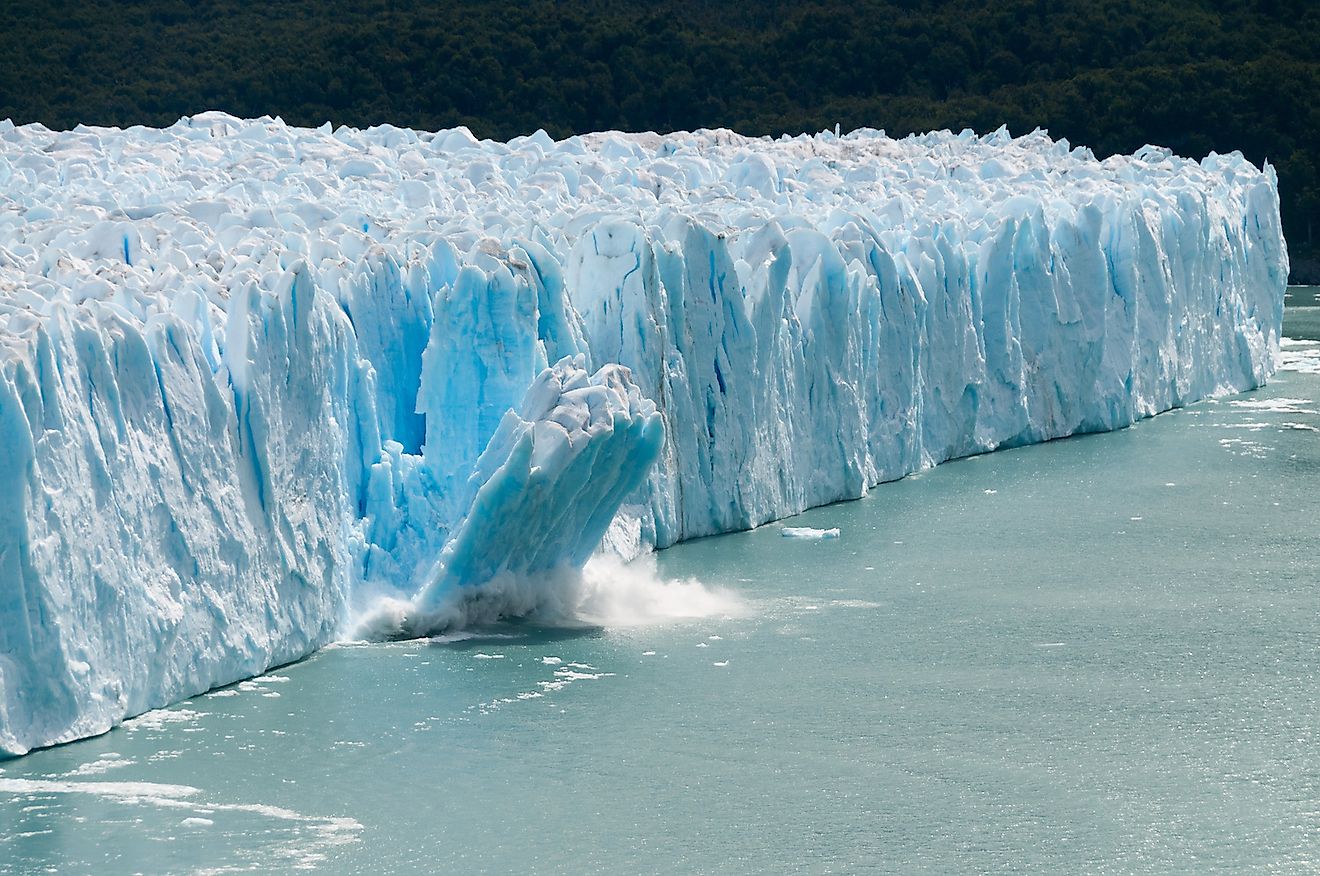
Climate change can also cause more people to end up facing natural hazards. This creates more emergency situations that can be hard for search and rescue teams to access in time to save lives. Unpredictable weather plays a big role in this.
4. Changing Opportunities in Fishing
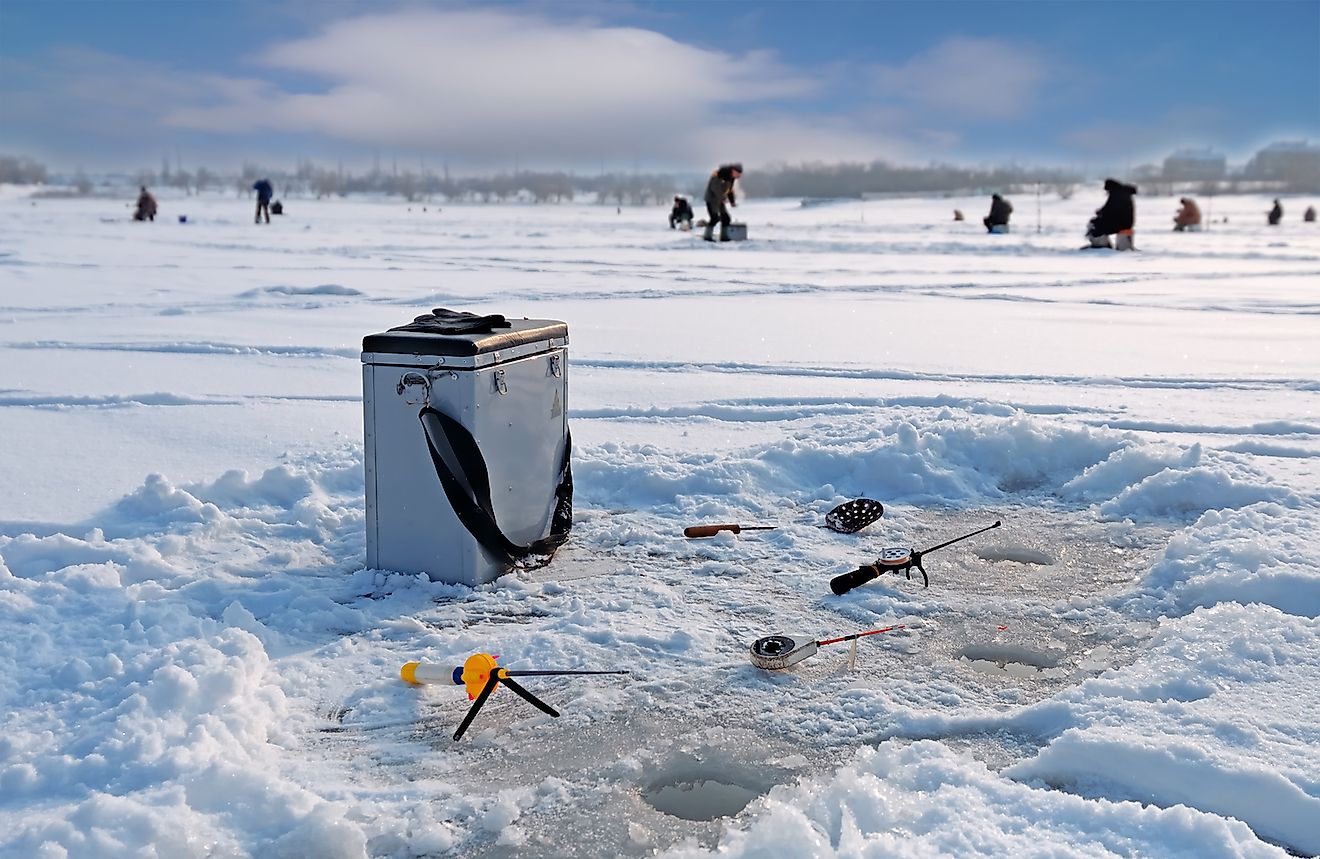
Fishing is an integral part of economies in the north. Climate change is expected to increase the number of fish in the Arctic, as species from more southern climates move north in search of colder waters. More fish can be a good thing, but it can also mean that additional new predators could appear in the Arctic in the future, and other parasites, which could bring an increase in disease.
3. Damaging Buildings and Other Infrastructure
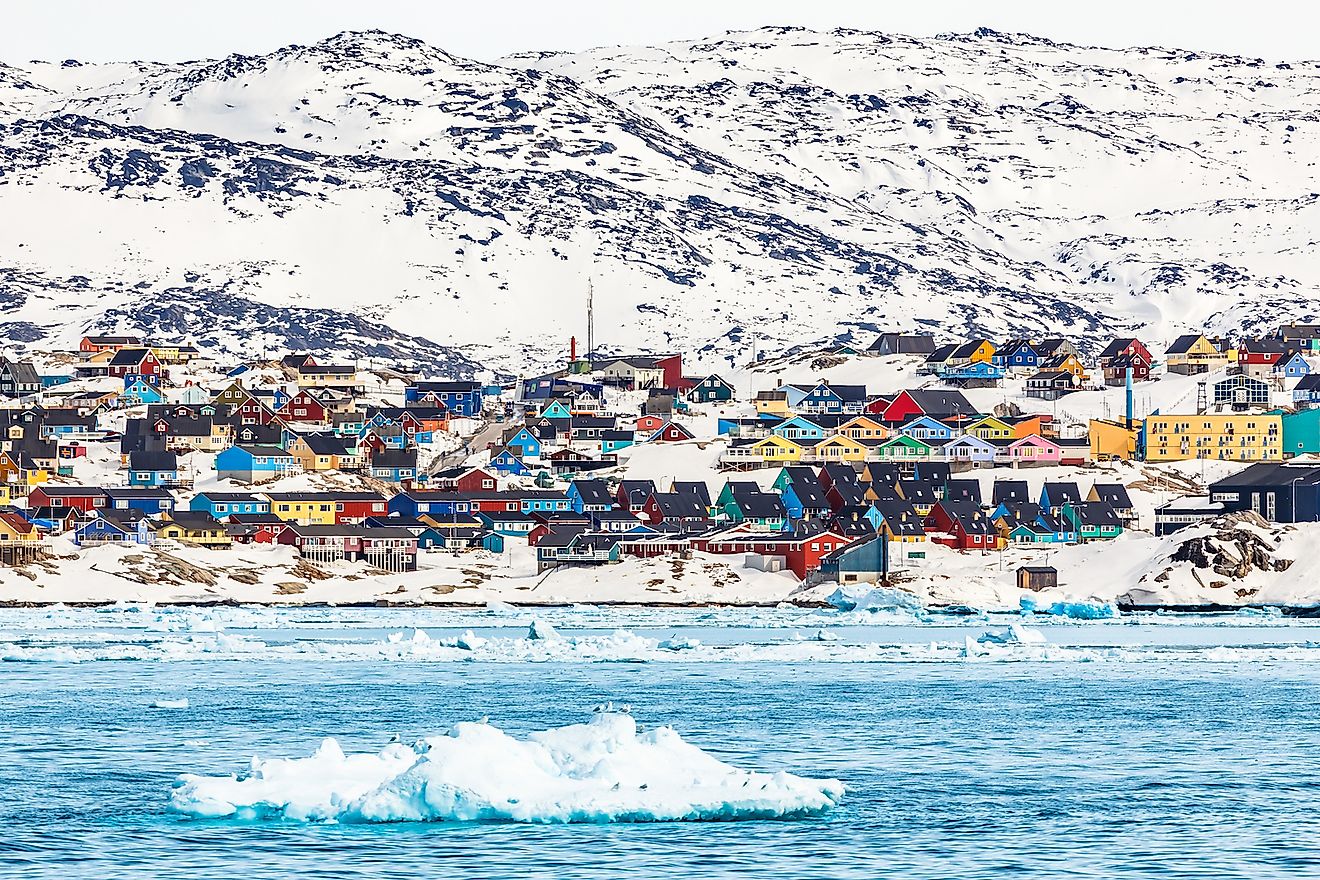
The buildings, airstrips, pipelines, roads, and other types of modern infrastructure in the north are currently built to exist on frozen permafrost. As the weather warms and the land begins to melt, the foundations of buildings can suffer. Cracks and breakage in all kinds of infrastructure in the north as the climate changes present costly projects in new freeze and thaw conditions. New infrastructure is being designed with increased thawing in mind, but replacing what is already in place in the North can take time and a lot of money.
2. Bettering Energy Sources
There are some plus sides to climate change, and one of these is the fact that warmer weather could make it cheaper to heat buildings in the North. As wind directions change, this could present increased chances for harnessing the wind’s power to create electricity as well, which could be good for the arctic. As water levels change, there could also be an increased opportunity for hydroelectric power to succeed in the North where it was predicted to no longer be viable. Another benefit is the fact that, as the permafrost melts, it becomes easier to install hydro poles in the ground. All of these factors could present new opportunities for increased power in the North, which could be of benefit to the people.
1. Causing the Loss of Cultural Remains
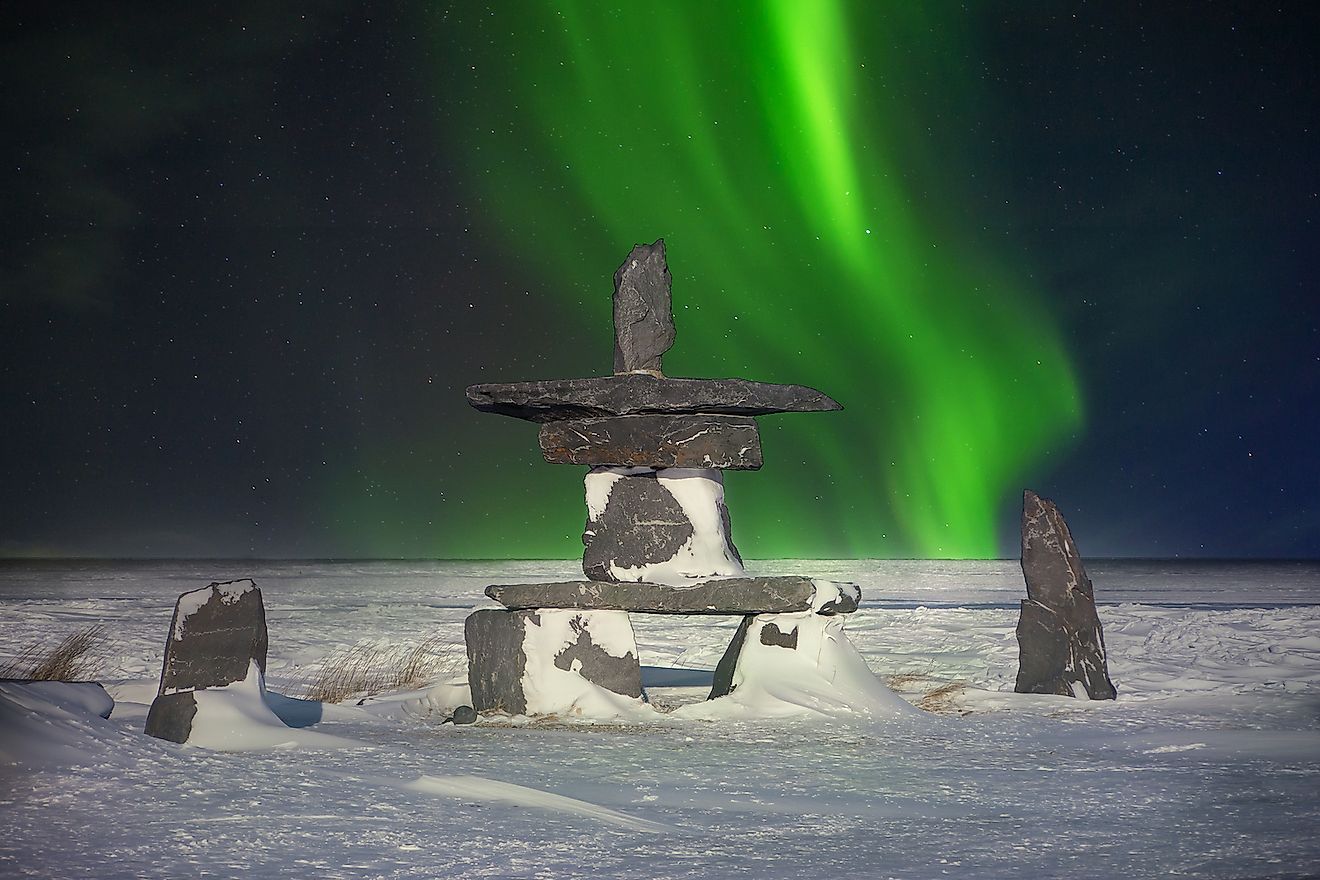
Some traditional relics are not something you can hold in your hand, but something you can enter, like a sod house. Archaeological artifacts that are preserved at the moment and hold their form in the permafrost will be lost as things melt. Warming weather is expected to impact historic sites located on southern Baffin Island, the western high Arctic islands, and northern Victoria Island, are places where many historical remains could be lying in wait, but where little archaeological surveying has been completed. We might never know what we lost.











